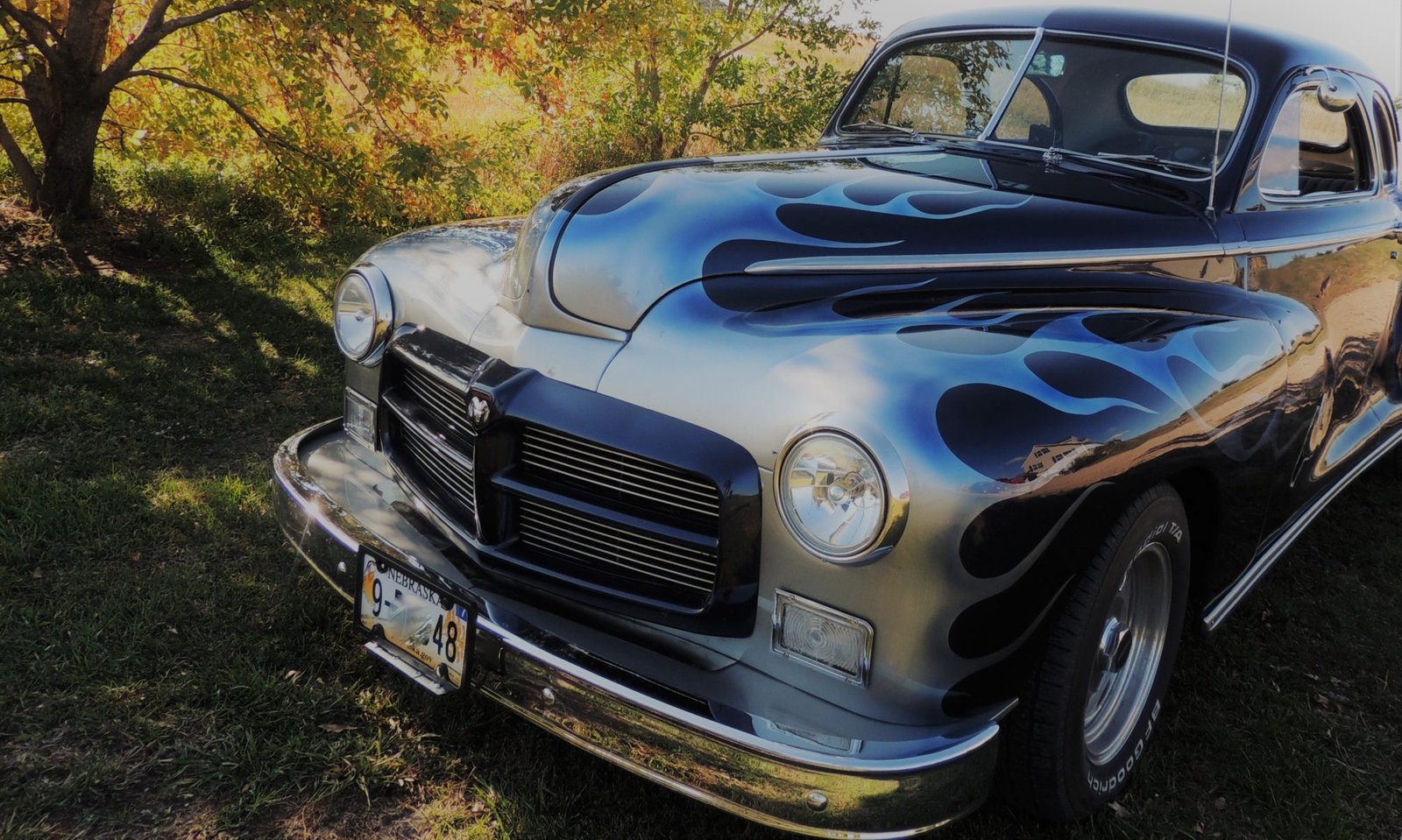
Henry Ford took his experimental automobile for a spin through Detroit in June of 1896, but he wasn’t the first to do so. That honor belongs to Charles Brady King. King and Ford were friends and collaborators, and Ford followed on a bicycle as King drove the very first car ever seen on the streets of Motor City. On March 6, 1896, King left his machine shop at 112 St. Antoine and sputtered up the street in a wagon with a high seat, rudder-like steering lever and a long brake lever on the side. It was powered by a 4-cylinder gasoline engine, the first of the “block” type motors.

In a 1946 interview, King humorously recalled that the noise from his new vehicle didn’t cause his neighbors to even raise their eyebrows because they were used to the noise generated by one of his other inventions, the pneumatic hammer. King was a successful inventor and the owner of many patents for things like transmissions and steam shovels. Many of his patents were purchased and used by other automobile manufacturers. The neighbors may not have noticed, but the police did. He was once arrested on Belle Isle and warned to keep his “infernal contraption” away from there because it scared the horses.
King helped Henry Ford obtain the parts Ford needed for his first car before King left to serve in the Spanish-American war as chief machinist on the USS Yosemite. Ford assembled his creation in the coal shed in back of No. 58 Bagley Avenue. According to King, “It was like the fellow who built the ship in his basement! When he got it done, it was too big to take out the door.” In order to get it out, Ford and friends had to tear out, and then later repair, part of the shed.
King and a partner founded the Northern Manufacturing Co. in 1902 and began building cars including the “Silent Northern”.

While at Northern, King designed the first automobile to have three-point motor suspension and the first with one universal joint between transmission and rear axle. In 1908, Northern merged with another company which was then taken over by E.M.F., but King had already left with the goal of building cars that carried his own name. With that objective in mind, he spent two years in Europe studying the best foreign cars.
King Motor Company was incorporated in 1911. Marketing at the time claimed the automobile was unique because it only had about 450 parts while the average automobile at the time had 1500-1600 parts.

It was initially powered by a long stroke 4-cylinder motor with a 3 13/16” bore and 5 1/8” stroke. The company had financial problems almost from the beginning, possibly due to expanding too quickly. One Indianapolis Star article from 1912 states that the company had already moved twice into larger quarters during its short existence. The company was purchased by a New York man, King stayed on as an engineer, and production continued. A King “8” was introduced, and its tagline was “The car of no regrets”.

The company was sold in 1923, but King had left in 1916 to serve with the US Army Signal Corps as an aeronautical engineer during World War I. During that time he designed the King-Bugatti 16-cylinder airplane engine that can be seen at the Smithsonian National Air and Space Museum website. King had served in two wars, and such service was a family tradition for King. His father, John Haskell King, was a general in the United States Army and served for the Union during the Civil war.
King died in 1957 at age 89. His obituary states that he was a painter and etcher with works exhibited in Washington’s National Gallery, a practicing architect, a yacht designer and an accomplished musician on the flute and a half dozen other instruments. He was also a pioneer of the American automobile industry, and for that he should be remembered.

Sources:
“Builder of Detroit’s First Auto Arrives in City for the Jubilee.” Detroit Free Press, 25 May 1946, p. 9.
“Builder of Detroit’s First Auto Arrives in City for the Jubilee.” Detroit Free Press, 25 May 1946, p. 9.
“Charles Brady King Dies, Designer of Early Auto.” St. Louis Post Dispatch, 24 June 1957, p.21.
“Charles Brady King Drove First Car on Detroit Streets.” The Port Huron Times Herald, 15 November 1939, p. 16.
“Detroit Will Have New Auto Factory.” Hartford Courant, 20 May 1911, p. 19.
Kimes, Beverly Rae and Henry Austin Clark, Jr. Standard Catalog of American Cars 1805-1942. Krause Publications, 1985.
“King Motor Car Company Goes Into Receivership.” The Indianapolis Star, 4 Sept. 1912, p. 7.
“King Motor Car Company Invades Auto Field.” Buffalo Courier, 7 March 1911, p. 21.
“Offer Made in King Motor Case.” Detroit Free Press, 18 Sept. 1912, p. 10.
Stark, George. “Detroit Saw First Auto Just 50 Years Ago.” Muncie Evening Press,4 June 1946, p. 8.







































